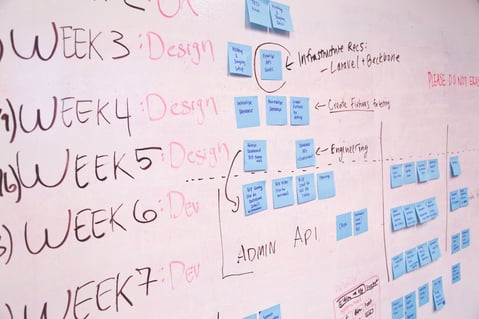Lots of companies are jumping on the “remote worker train” these days, and we don’t blame them. This trend offers an enormous benefit for companies.
In fact, in 2016 about 43 percent of employed Americans said that they spend at least some time working outside of the office. Since then, this number has seen changes due to factors like changes in technology, health and job availabilities.
In 2020, COVID-19 changed how companies operate due to national quarantines forcing employees to work remotely. According to a study done by Global Workplace Analytics, it is estimated that 25-30 percent of employees will work from home at least a few days a week by the end of 2021.
Allowing employees to work remotely offers people the flexibility that many are asking for in the current workforce. Remote work has also been proven to increase worker productivity, engagement, and lower stress.
But, there is a catch. Although remote work is often provided in the name of employee engagement, some remote workers might feel disconnected from teams and left without guidance.
To prevent that, we’ve gathered some tips that will help your company engage remote workers.
Set clear expectations

Of course, clear and communicated expectations are important for every employee. But, for remote employees, it’s even more critical. Remote employees can’t just look up expectantly at their colleagues, making educated guesses about what their boss expects them to do. They have to be told.
If they aren’t told explicitly, your employees’ confusion might be wasting your company time and money. For a remote workforce, any amount of confusion is not worth the risk. This is why it is crucial to develop effective employee communication strategies. Always over communicate your expectations.
Manage results, not time
No one likes to be micromanaged.
And as you’ll find with remote workers, it’s literally impossible to micromanage their time. For managers who are used to overseeing their office workers in this way, this habit could be hard to let go.

Managers who trust their employees’ ability to get the job done will see better results. When you extend that trust, you’re offering true flexibility and not just the illusion of flexibility. With true flexibility, you stop putting pressure on how your employee gets a task done and put more pressure on the result of the task.
Ask for their input regularly
Remote workers won’t be around for the water cooler chat. And, that's where a lot of serendipitous discussions are had and decisions are made.
Make sure you let your remote workers know that you value their opinion, too. Managers should make sure they are going out of their way checking in with remote workers regularly, letting them know that their opinions and feedback is valuable to the company.
Schedule company-wide employee outings
It’s easier to collaborate with people whom you trust. And since remote workers might be missing out on some of the team bonding that happens in the office, it is important to schedule employee outings and events every so often.

The frequency of such events will depend upon your team culture, perhaps once a quarter is right for you.
Even if your remote workforce happens to be scattered across the country, these excursions are still worth it. Healthy inter-colleague relationships and company culture is worth paying the cost of travel.
Integrate a centralized communication channel
To keep both remote workers and office workers in the loop, you’re going to need to adopt a communication channel that will act as the hub for all your employees.
Whether that be through email, intranet, or instant messaging platforms, the whole team has to communicate somehow.
Of course, we’re a bit biased over here at backstitch — we offer a dynamic, centralized and comprehensive communication platform that can integrate with dozens of other channels your team probably already uses. Our software also offers employee engagement analytics and allows you to design custom communication templates.
But, there are several communication tools on the market that might work for your team. It’s important to ensure that you offer ways to segment your remote population, view engagement metrics, and collect valuable feedback.
As long as all of your employees are connected and communicating, we’ll be happy for you. 😀

